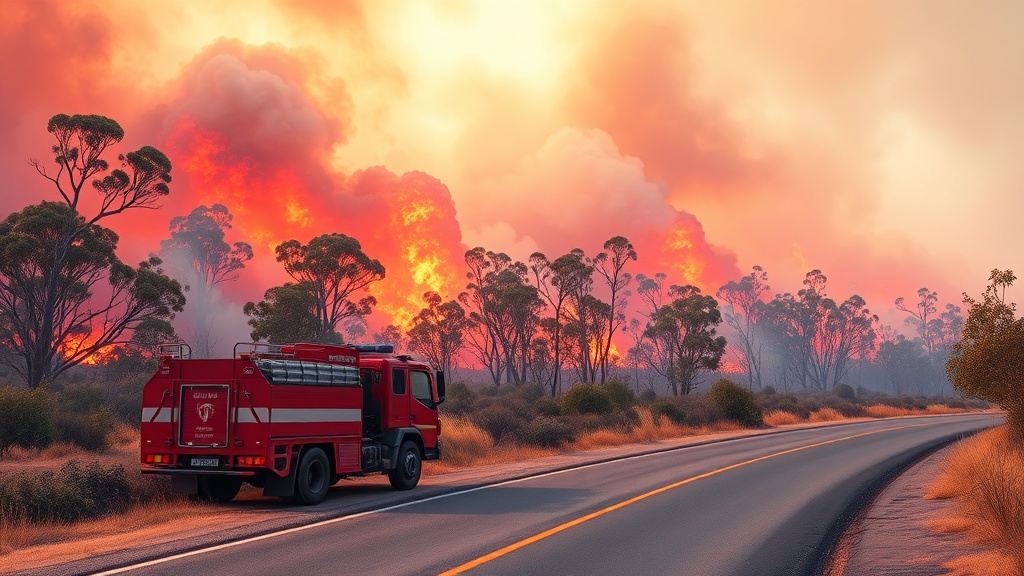Home / Weather / Australia Faces Brutal Summer with Extreme Heat and Severe Weather
Australia Faces Brutal Summer with Extreme Heat and Severe Weather
20 Oct
Summary
- Nationwide higher-than-average temperatures expected over next 4 months
- Increased risk of severe weather like cyclones, heatwaves, bushfires, and flooding
- Unusually warm nights with 80% chance of 'unusually high' minimum temperatures

According to a long-range weather outlook, Australians are set to endure an exceptionally hot and severe summer in the coming months. The Bureau of Meteorology predicts that maximum temperatures will be higher than average across the country over the four months leading up to February 2026.
Furthermore, there is an increased risk of extreme weather events between October 2025 and April 2026 - the peak period for tropical cyclones, heatwaves, bushfires, and flooding. This is driven by marine heatwaves, which have already contributed to coral bleaching on both sides of the country.
The most notable difference is the warmer-than-usual forecast for nights throughout the summer, with an 80% chance of 'unusually high' minimum temperatures. Experts warn this raises the chances of extreme heat events. Parts of southeastern Australia may also experience premature summer heat in the coming weeks, with temperatures potentially reaching 44°C in some areas.
Experts have sounded the bushfire alarm, as soils have dried up across parts of the country's east due to low rainfall in recent weeks. The official bushfire outlook for the 2025-26 summer is set to be published in late November.




